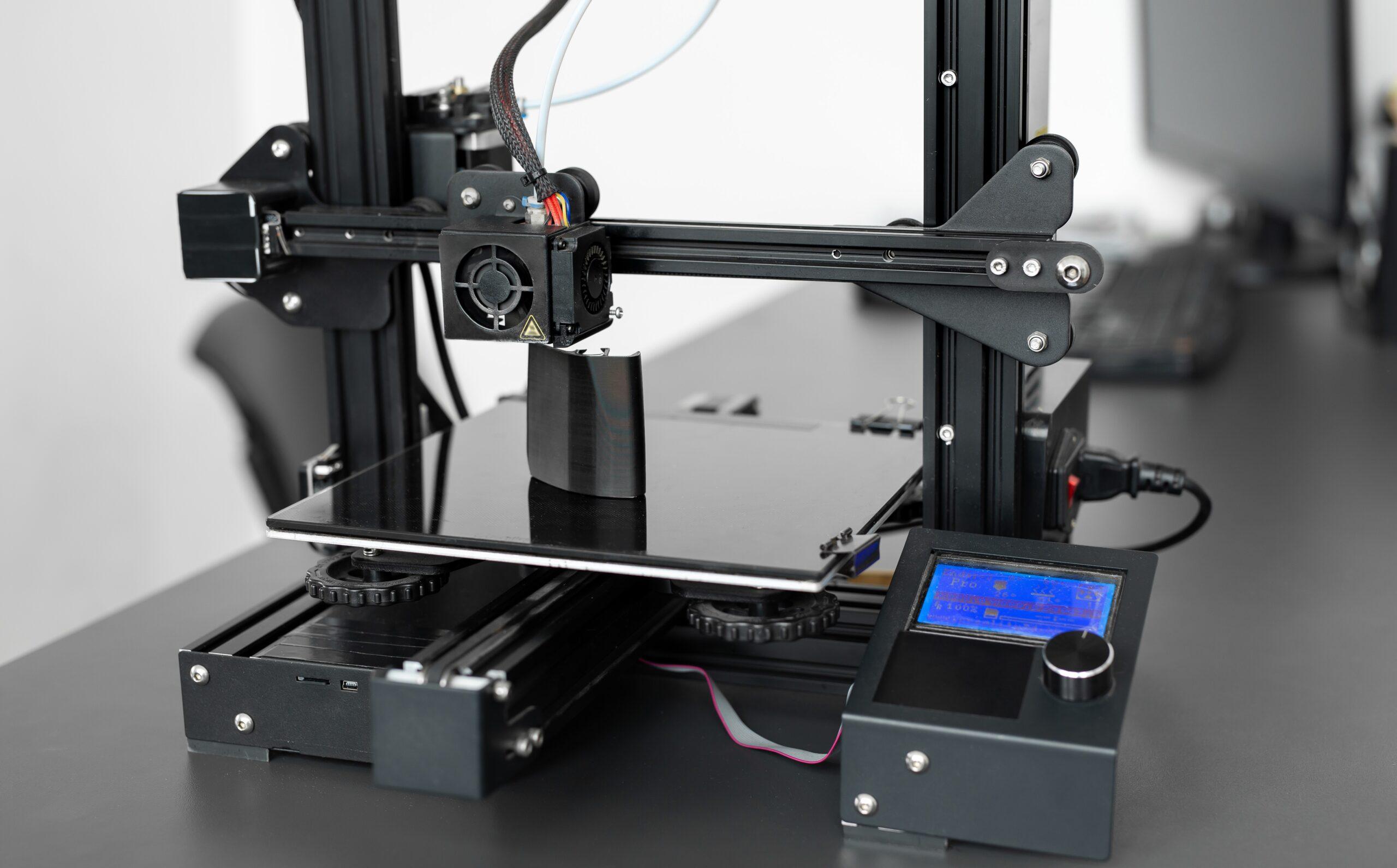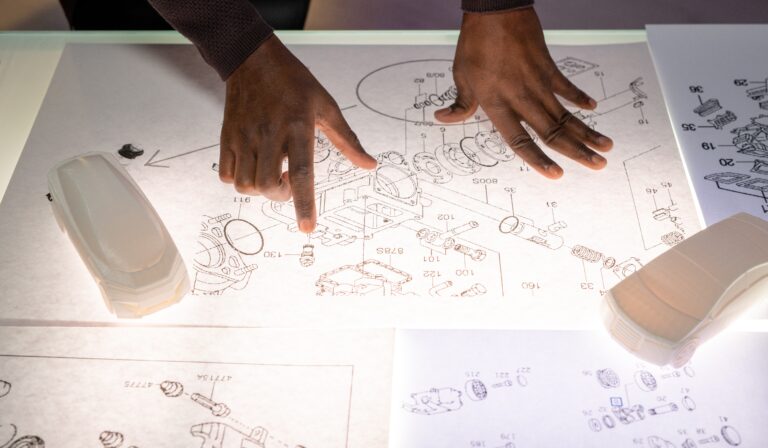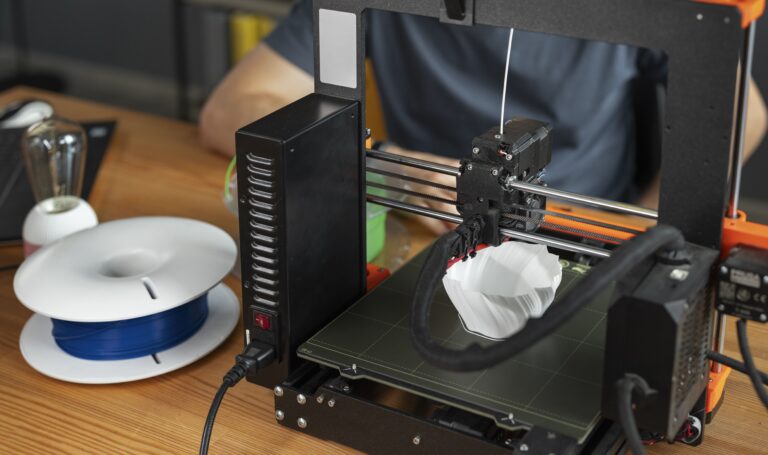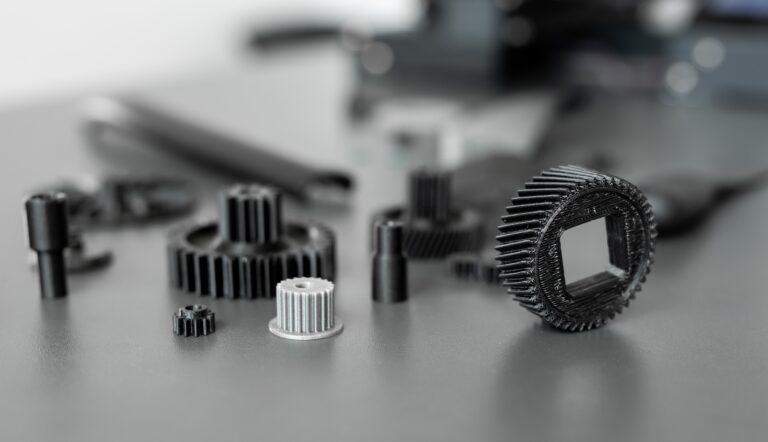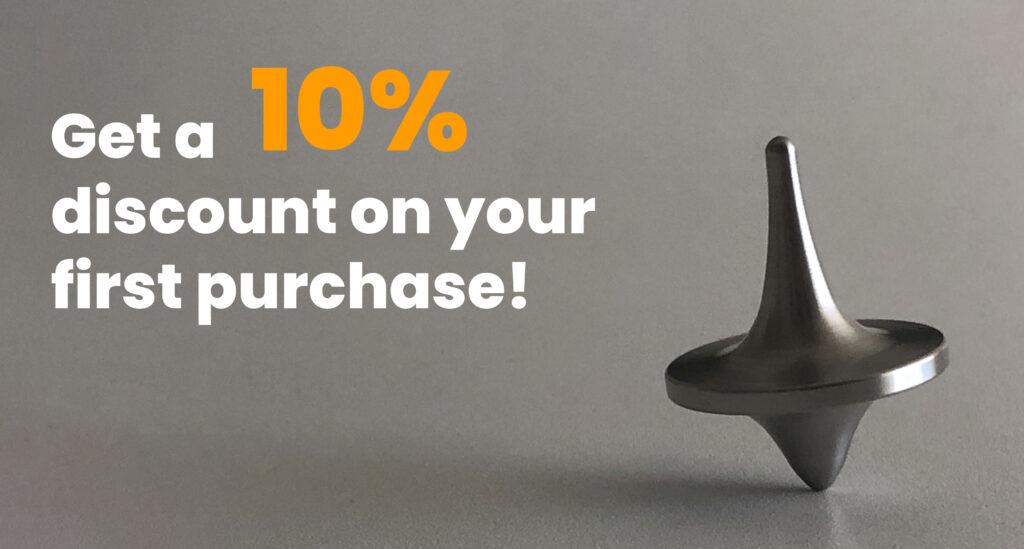Since the first 3D printer was invented in 1981, different 3D printing techniques have been developed. Each has its own advantages and disadvantages, which is why the final choice of one technique or another will depend on factors such as the desired material, the required accuracy or the available budget.
The most popular 3D printing techniques
In 3D printing, various additive manufacturing techniques can be used foradditive manufacturing. In this article we examine some of them:
First, fused deposition molding or FDM, a process by which objects are created by depositing layers of molten thermoplastic polymers. Typically, it is used to build visual aids and prototypes. Its main advantages are its fast printing speed and wide range of compatible materials.
Another very precise technique that produces a good surface finish is sterolithography or SLA. This technology uses UV laser light to selectively light-cure a vat of curable liquid resin, thereby creating a solid model. Its great advantages are its high precision and smooth surface quality.
A similar technique to SLA is digital light processing or DPL. The two techniques differ in the type of light source used, as DLP uses light from a digital light projector and creates a single image per layer. Its high precision makes this 3D printing technique an excellent and very popular choice for the creation of molds and prototypes.
On the other hand, an ideal technology for complex geometries and very good for the production of parts in small series is selective laser melting or SLM. This technique uses high-power lasers to selectively synthesize powdered plastic materials.
Finally, another technique with high precision and a good level of detail is material jetting or MJ, which deposits and cures material droplets using UV-sensitive photopolymers. It is typically used for the creation of casting molds and prototypes, as it allows the creation of full-color prototypes.
Multi Jet Fusion: the technique we use at Proto&Go!
Currently, although there are many different 3D printing techniques, at Proto&Go! we are specialized in Multi Jet Fusion or MJF printing. This technique is the latest technology from HP and is designed especially for industrial applications. This technology is used to manufacture parts in Polyamide PA12, a rigid, solid and tough material, as well as in TPA, a robust and flexible material.
During this process, a moving head deposits a thermally conductive melting agent on a layer of polyamide powder with a thickness of a few microns. A heat source is then immediately applied to heat the powder to melt it.
Thanks to Multi Jet Fusion technology, it has been possible to move from the use of additive manufacturing for prototyping to the use of this technology for the manufacture of industrial end-use elements. The production of series of parts is carried out in very short production times and without the need for high investments in molds.
In addition, a great advantage of this 3D printing technique is that the parts obtained are 100% isotropic, i.e., they offer the same resistance in any of the axes.
In short, at Proto&Go! we provide functional, resistant and high precision parts manufactured by 3D printing.
Don’t wait any longer and request your quote through our website!

